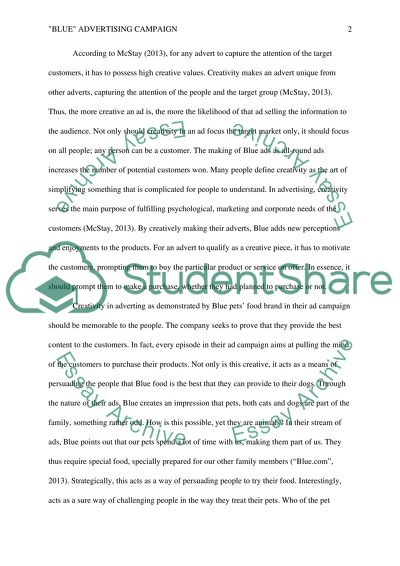Cite this document
(“Blue Advertising Campaign Case Study Example | Topics and Well Written Essays - 2000 words”, n.d.)
Retrieved from https://studentshare.org/journalism-communication/1485214-blue-advertising-campaign
Retrieved from https://studentshare.org/journalism-communication/1485214-blue-advertising-campaign
(Blue Advertising Campaign Case Study Example | Topics and Well Written Essays - 2000 Words)
https://studentshare.org/journalism-communication/1485214-blue-advertising-campaign.
https://studentshare.org/journalism-communication/1485214-blue-advertising-campaign.
“Blue Advertising Campaign Case Study Example | Topics and Well Written Essays - 2000 Words”, n.d. https://studentshare.org/journalism-communication/1485214-blue-advertising-campaign.


